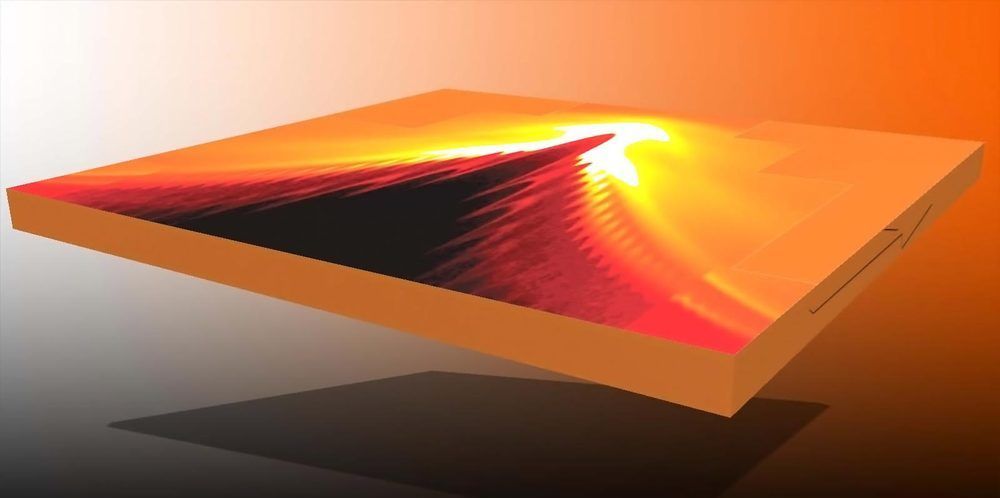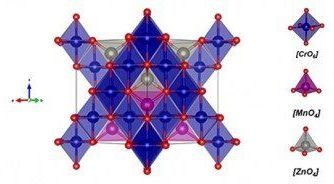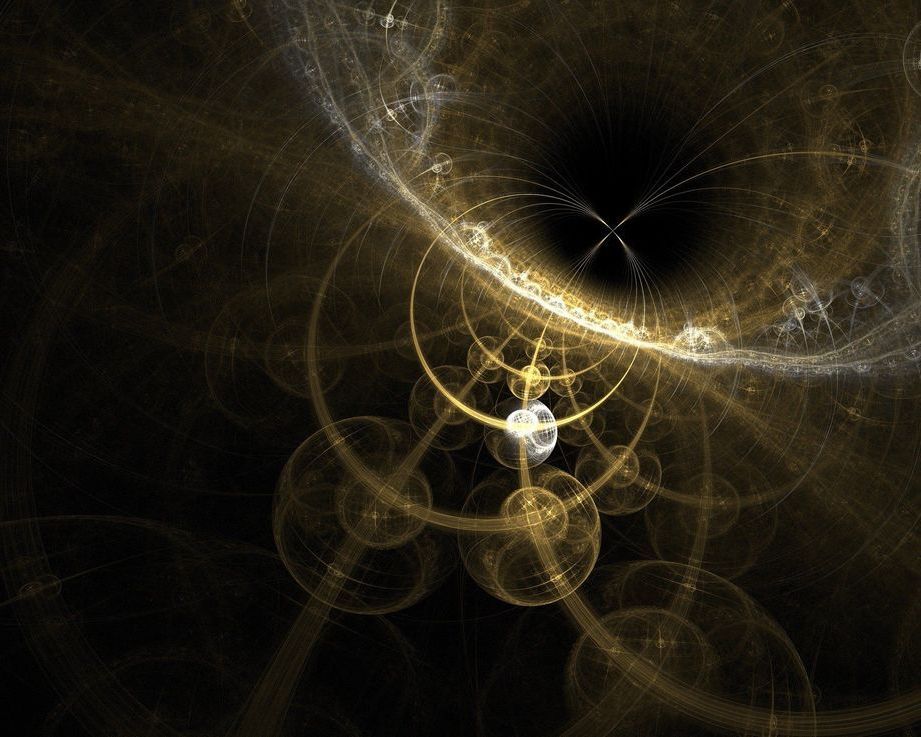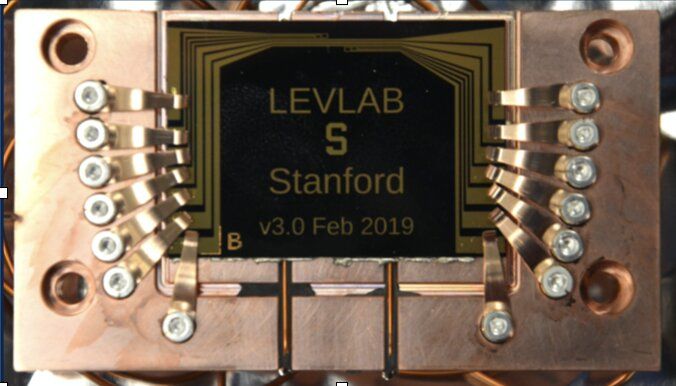Princeton researchers detect a supercurrent — a current flowing without energy loss — at the edge of a superconductor with a topological twist.
A discovery that long eluded physicists has been detected in a laboratory at Princeton. A team of physicists detected superconducting currents — the flow of electrons without wasting energy — along the exterior edge of a superconducting material. The finding was published May 1 in the journal Science.
The superconductor that the researchers studied is also a topological semi-metal, a material that comes with its own unusual electronic properties. The finding suggests ways to unlock a new era of “topological superconductivity” that could have value for quantum computing.






